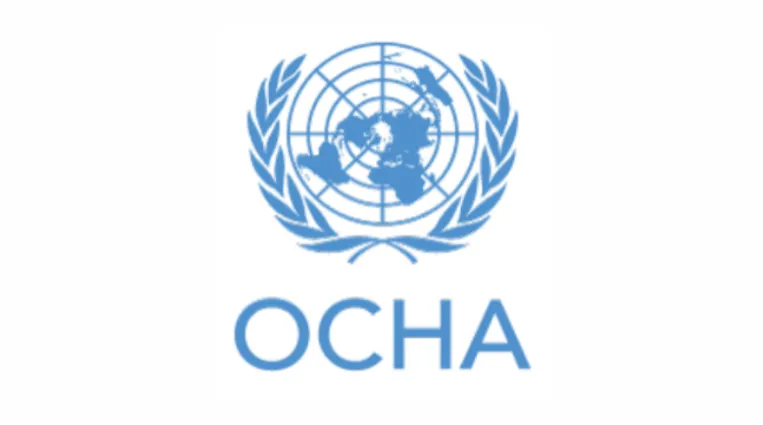Myanmar Humanitarian Update No. 28 | 6 April 2023

This regular update, covering humanitarian developments up to 27 March, is produced by OCHA Myanmar in collaboration with the Inter-Cluster Coordination Group and UN agencies. Response figures are based on self-reporting by organizations to clusters. The next humanitarian update will be issued at the end of April 2023.
HIGHLIGHTS & KEY MESSAGES
- Heavy fighting continues in many parts of the country, generating new humanitarian needs and further restricting the movement of goods and people.
- Conflict and other threats to the safety of civilians have intensified, particularly in the country’s Northwest which is now hosting the almost a million displaced people.
- As of 27 March, almost 1.8 million people remain displaced across the country. This includes more than 1.4 people who have been internally displaced by conflict and insecurity since February 2021.
- Concerns persist over moves to close displacement camps in many parts of the country while many IDPs remain worried about safety and livelihoods opportunities in their places of origin.
- Humanitarian operations continue to be hampered by a range of physical and administrative obstacles.
- The ceasefire between the Arakan Army (AA) and the Myanmar Armed Forces (MAF) in Rakhine is still holding although it remains fragile.
- In 2023, 17.6 million people – nearly one third of the population – are estimated to be in humanitarian need.
- In 2023, the humanitarian community has prioritized support for 4.5 million people with severe needs, predominantly in conflict affected rural areas.
- A quarter of the way into the year, the US$764m Humanitarian Response Plan is only 8 per cent funded.
KEY FIGURES
1.8M Total people currently internally displaced across Myanmar
1.4M People currently displaced by clashes and insecurity since February 2021
328K People internally displaced due to conflict prior to February 2021, mainly in Rakhine, Kachin, Chin, and Shan
60K Civilian properties estimated burnt or destroyed since February 2021.
SITUATION OVERVIEW
Overview Section
An alarming humanitarian situation continues to unfold in Myanmar, with ongoing armed clashes in multiple states and regions, particularly in the Northwest and the Southeast, driving rising humanitarian needs.
The overall number of IDPs continues to rise. According to the latest UN figures as of 27 March, the total number of IDPs in Myanmar stands at almost 1.8 million. This includes more than 1.4 million people who remain displaced by conflict and insecurity since the military takeover, and more than 328,000 people who were already displaced from previous conflicts. Of the total IDPs since the military takeover, the Northwest is hosting the highest number – now 971,700 IDPs – followed by the Southeast – 429,800 IDPs. IDPs are living in precarious conditions in camps and informal sites, often in jungles and forests. Moves continue by the de facto authorities to close displacement camps in various parts of the country, including Kachin, Shan, Chin and Rakhine. Humanitarians remain concerned that some IDPs might have to move prematurely, while clashes are ongoing or while conditions are not safe or suitable because of explosive ordnance contamination, destruction of housing, poor access to services and lack of livelihoods.
Humanitarian partners estimate that 17.6 million people are in need in 2023. The 2023 Humanitarian Response Plan targets 4.5 million of those in most severe need, predominantly in conflict-affected rural areas. A quarter of the way into 2023, just 8 per cent of the required funds have been received according to FTS. A dramatic increase in funding and an expansion of access will be critical for the humanitarian community to reach those prioritized for lifesaving assistance this year.
In 2022, humanitarian organizations were able to reach at least 4.4 million people with assistance, but this support was not as deep or sustained as planned due to access constraints and severe underfunding.
Announcements
28 February 2025
Asian NGO Network on National Human Rights Institutions , CSO Working Group on Independent National Human Rights Institution (Burma/Myanmar)
Open letter: Removal of the membership of the dis-accredited Myanmar National Human Rights Commission from the Southeast Asia National Human Rights Institution Forum

Progressive Voice is a participatory rights-based policy research and advocacy organization rooted in civil society, that maintains strong networks and relationships with grassroots organizations and community-based organizations throughout Myanmar. It acts as a bridge to the international community and international policymakers by amplifying voices from the ground, and advocating for a rights-based policy narrative.